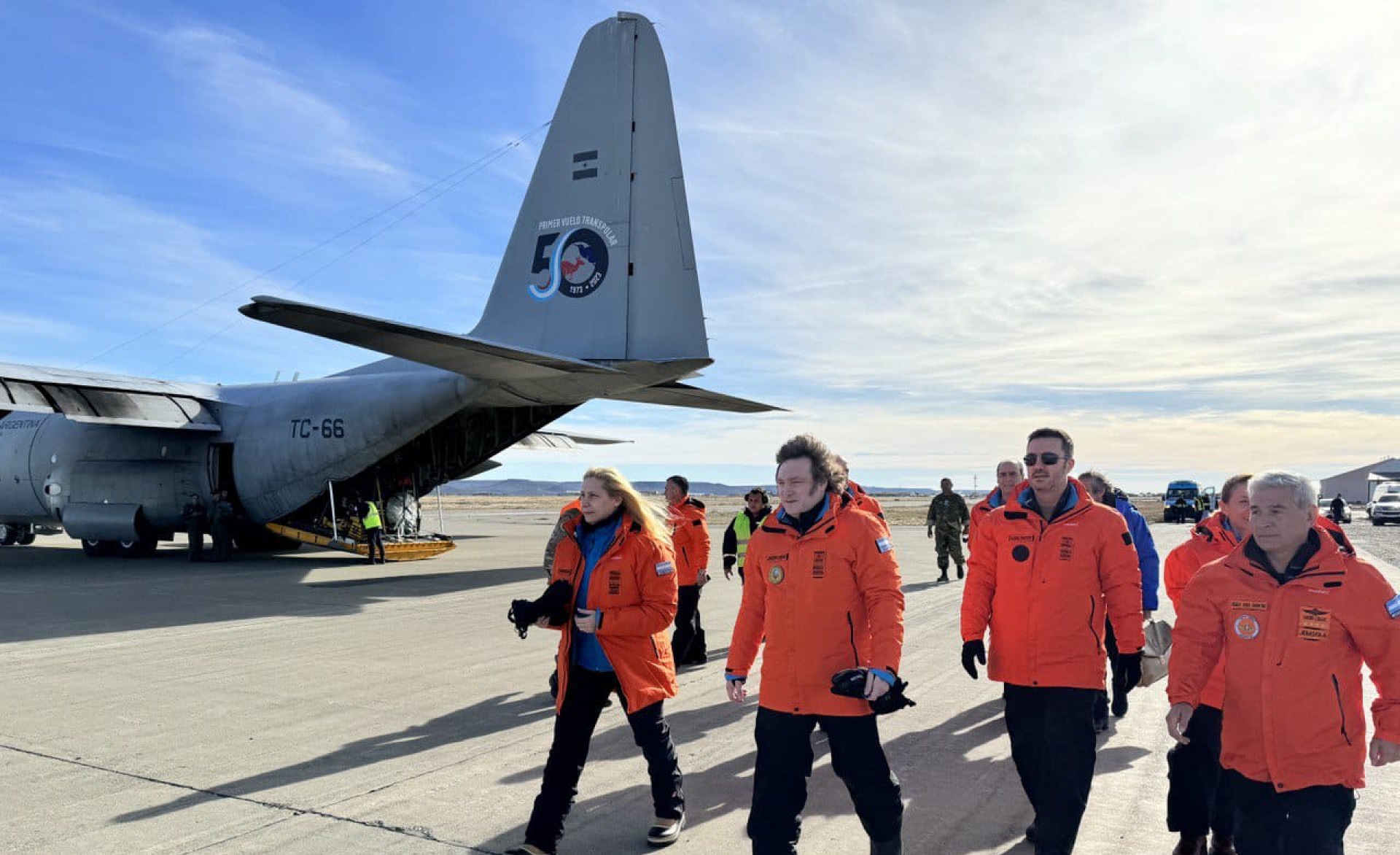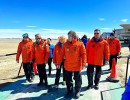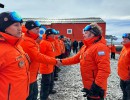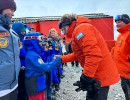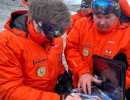Día de la Antártida Argentina: 120 años de presencia ininterrumpida.
— Casa Rosada (@CasaRosada) February 22, 2024
El 22 de febrero de 1904 se produjo un hito histórico para nuestro país: se izó por primera vez la bandera nacional en la Isla Laurie, Orcadas del Sur, inaugurando así el Observatorio Meteorológico que… pic.twitter.com/wtqiQEq9n7
On February 22, 1904, a historical milestone for our country took place: the national flag was raised for the first time on Laurie Island, South Orkney, thus inaugurating the Meteorological Observatory that would later become the Orkney Base.
This event is not only a testimony of Argentine sovereignty in the region, but it was also officially recognized on November 26, 1974 by Law No. 20,827, which establishes February 22 as Argentine Antarctic Day. During the first forty years, Argentina was the only nation with a permanent occupation, consolidating its position in Antarctica.
The Argentine presence in Antarctica dates back to 1902, when Ensign José María Sobral joined Otto Nordenskjöld's Swedish expedition. The sinking of the Antarctic ship of this expedition led our country to carry out a successful rescue with the Corvette Uruguay commanded by Lieutenant Julián Irízar. Since then, multiple Argentine expeditions have left their mark, such as the air expedition to the South Pole in 1965, the land expedition to the South Pole in 1966, and the first transpolar flight in 1969.
With a vision of the future, Argentina has developed a pioneering scientific activity since the foundation of the Argentine Antarctic Institute (IAA) in 1951. Science has played a key role since the signing of the Antarctic Treaty in 1959, becoming an international vector for decision-making within the Antarctic Treaty System.
The surface area of the Argentine Antarctic Sector is approximately 1,461,597 km², of which 965,314 km² correspond to land. Within the Argentine Antarctic Sector, our country manages thirteen bases or stations, of which six are permanent (operating all year round) and the rest are temporary (operating only in summer).
President Milei visited Antarctica
On January 6, 2024, the President of Argentina, Javier Milei, together with the Director General of the International Atomic Energy Agency (IAEA), Rafael Grossi, launched the cooperation program between Argentina and the IAEA for the use of nuclear technology in the control of plastic pollution in Antarctica. This project, called NUTEC Plastics, will extend the study of marine plastic pollution to the white continent.
Coordinated by the Argentine Antarctic Program, this project involves expert missions, training for sample collection and analysis, and logistical support to facilitate the access of scientific personnel. Approved by the Argentine Ministry of Foreign Affairs and part of the Antarctic Annual Plan 2023-2024, the Argentine Antarctic Institute will be responsible for carrying out this project in cooperation with the IAEA's NUCLEAR APPLICATION MARINE LABORATORY (NAML).
This initiative reflects Argentina's commitment to research and conservation in the Antarctic region, further consolidating its presence and contribution at a global level.
Throughout the year, men and women carry out research, logistics, communication and other tasks. On Argentine Antarctic Day, we salute and thank these professionals for their passion and dedication to Argentine sovereignty.
